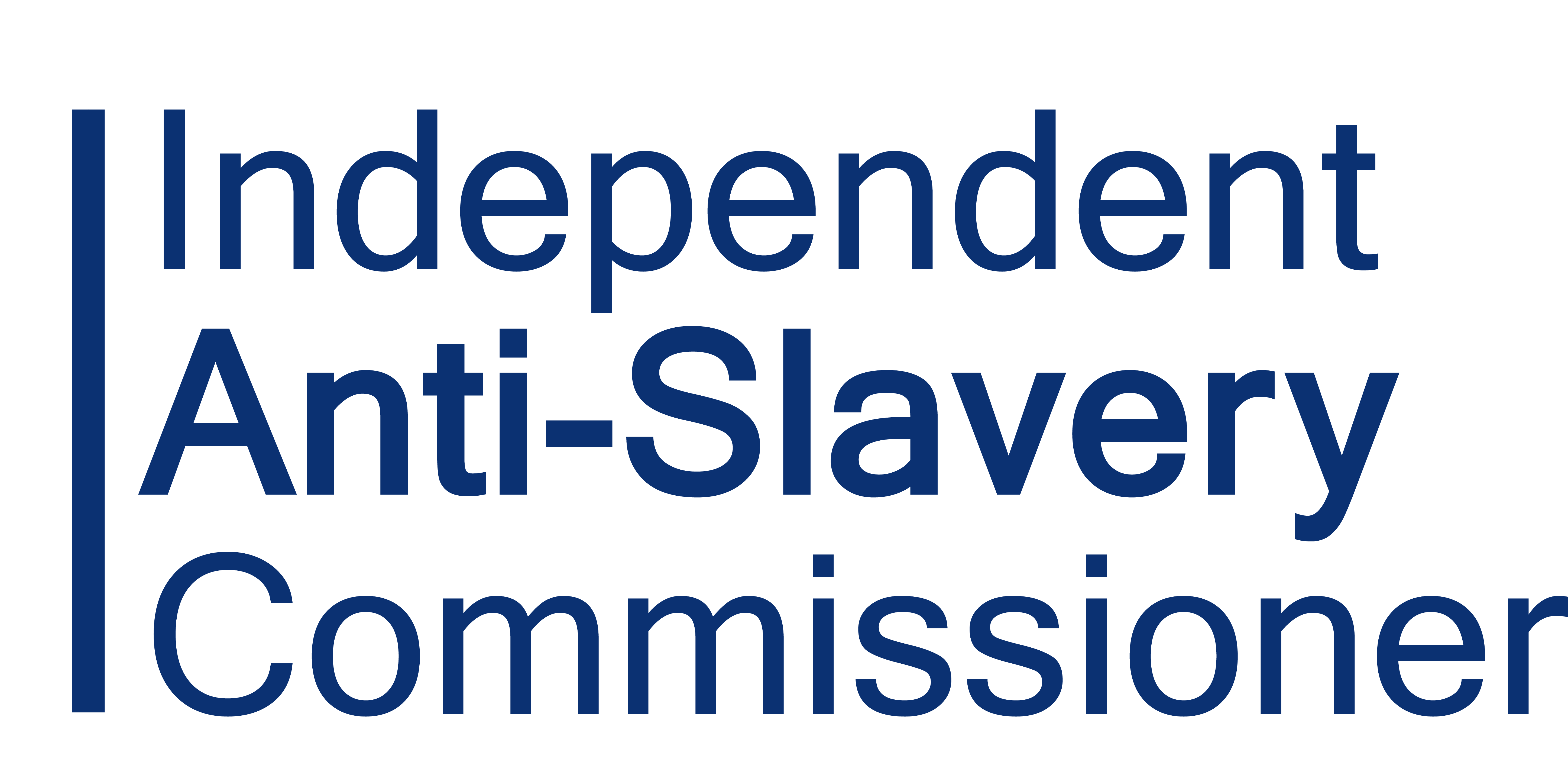‘Missing’ and ‘child’ are two words that should not go together. And yet, this is a harsh reality for child victims of modern slavery in the UK, who often go missing within 24 hours of arriving in care.
Once children exit exploitation they are still at risk of returning to abuse. Rescue is not the end of the story. On this European Day on the Protection of Children against Sexual Exploitation and Sexual Abuse I’d like to draw attention to this persistent problem – one which must urgently become a priority for us all.
In 2015, 982 children were identified as being potentially trafficked or enslaved in the UK, with 112 sexually exploited. The top 3 countries of origin for these victims are Vietnam, Nigeria and the United Kingdom – this is an injustice not only impacting children globally, but also those born and raised on our own soil.
These figures are just the tip of the iceberg and undoubtedly an indication of a far bigger issue – with only 3,266 identified potential victims overall in the UK in 2015 out of an estimated 10-13,000. Of the child victims of trafficking who were identified, rescued and supported in care, a report published by ECPAT UK revealed 30% disappeared from care services and many were never to be seen again.
These figures are not just numbers – they represent children who have been brutally abused by criminals time and time again. This is someone’s son, daughter, brother or sister and all deserve protection, care and the chance of a life worth living.
Children are among the most vulnerable victims of modern slavery. Traffickers take advantage of those lacking education and knowledge of English. Slave masters manipulate those who come from disadvantaged families. Criminals coerce the young until they are unshakably loyal, viewing their captor as their provider. Children trust traffickers and fear authorities. Breaking such well established bonds is no easy task, and this is precisely why the UK’s Modern Slavery Act outlines the role of an Independent Child Trafficking Advocate – someone who acts in the child’s best interest and supports them with each step of recovery, relentlessly doing more than simply rescue.
I commend the UK Government’s commitment to ensure an effective system of child advocates is in place to prevent any further exploitation. It is encouraging that the role of advocates was trialled and an evaluation showed that children, as well as many other stakeholders, found this beneficial. However with every day that goes by without these advocates in post, we risk another child going missing. It is certainly important to get the model right but we must swiftly smarten our safeguarding for we cannot afford to let children suffer in silence any longer.
Protection of trafficked children, as well as those who are at risk of being trafficked, is a priority that requires a coordinated and immediate response. Support for the child must be tailored in order to develop a culture of trust between the child and carer. Understanding of human trafficking and modern slavery for frontline professionals must be improved through training. Data must be collected to build the profile of perpetrators. How a child responds to situations of exploitation must be better understood in order to prevent suspicion over inconsistencies in the child’s story. If children are not provided with the right care, from the moment they are identified through to adulthood, they are at risk of falling back into exploitation and suffering further abuse – something we simply cannot allow.
While child exploitation continues in the UK and young people go missing without a trace, we are letting our children down. Statutory agencies have a duty to protect children and we must rapidly build their capacity in order to see that duty met. If we hope to prevent children from going missing and enhance protection and safeguarding measures, it is vital that we advance our response immediately. We need to see an increase in prosecutions by catching the perpetrators and breaking the cycle of abuse. We must urgently fill the gaps in the system and create an environment where children feel safe, protected and cared for.
